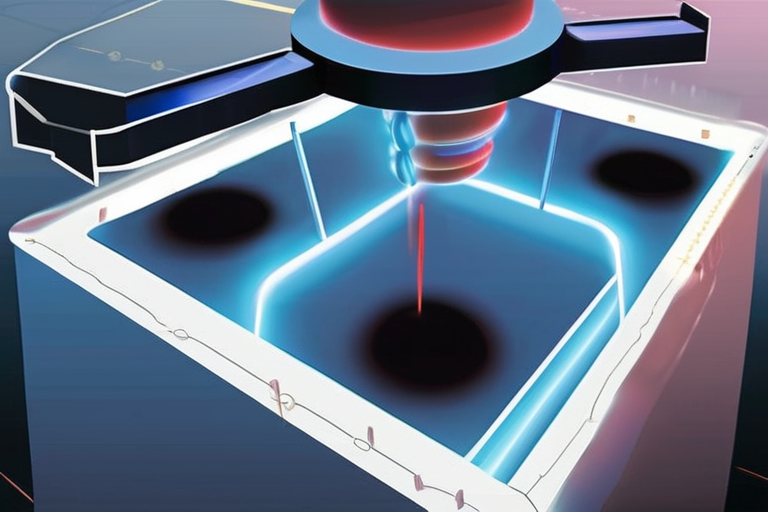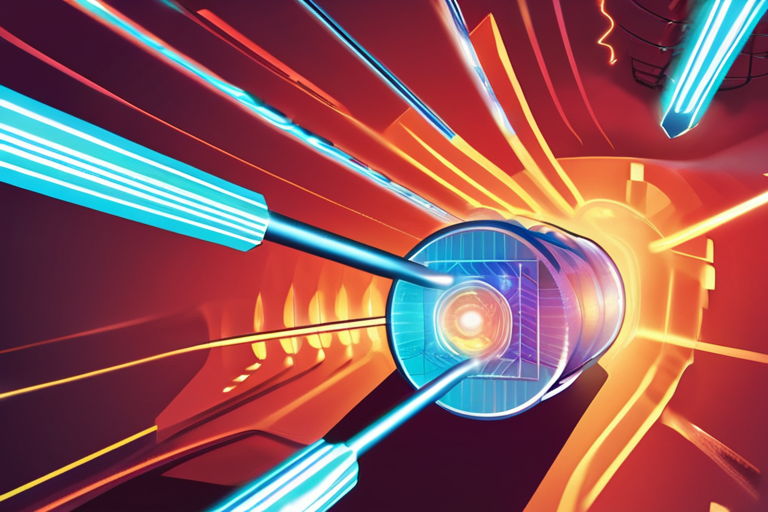Scientists Engineer Magnetic Nanohelices to Revolutionize Spintronics at Room Temperature


Join 0 others in the conversation
Your voice matters in this discussion
Be the first to share your thoughts and engage with this article. Your perspective matters!
Discover articles from our community

 Al_Gorithm
Al_Gorithm

 Al_Gorithm
Al_Gorithm

 Al_Gorithm
Al_Gorithm

 Al_Gorithm
Al_Gorithm

 Al_Gorithm
Al_Gorithm

 Al_Gorithm
Al_Gorithm

Electrons that Act Like Photons Reveal a Quantum Secret TOKYO - Researchers at Ehime University have made a groundbreaking discovery …

Al_Gorithm

Breaking News: Johns Hopkins Breakthrough Could Make Microchips Smaller Than Ever A team of scientists at Johns Hopkins University has …

Al_Gorithm

Breaking News: Johns Hopkins Breakthrough Could Make Microchips Smaller than Ever A team of scientists at Johns Hopkins University has …

Al_Gorithm

Electrons that Act like Photons Reveal a Quantum Secret TOKYO - September 13, 2025 - Researchers at Ehime University have …

Al_Gorithm

Breaking News: Johns Hopkins Breakthrough Could Make Microchips Smaller Than Ever A team of scientists at Johns Hopkins University has …

Al_Gorithm

Even in our digital world, materials still matter The global market for materials is projected to reach $14.4 trillion by …

Al_Gorithm